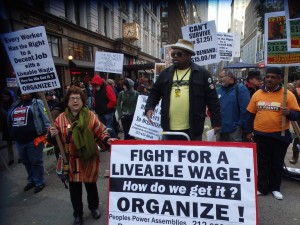Forget the fact that the transition’s happening right now as we speak. Forget the fact that even consumers are a bit wary despite the fact that there are these reasons why people shouldn’t worry. The new credit card chip technology, EMV, is coming. It most definitely will stick. It will stay. And while it’s going to be a long transition (imagine how many stores in the entire nation will have to be fitted with these new credit card reading machines), and card companies will be slowly rolling out these new bad boys, the fact of the matter is this — businesses are straggling to catch up.
That May Not Necessarily Be a Bad Thing, However….
It just so happens, though, that the new cards (for those who don’t have them) will be functional both ways, just to ensure that there are no problems. That means your magnetic stripe credit card might already have a microchip installed already. However…. Businesses need to get ahead right now given the fact that Visa and MasterCard have officially renounced any accountability for credit card fraud.
ways, just to ensure that there are no problems. That means your magnetic stripe credit card might already have a microchip installed already. However…. Businesses need to get ahead right now given the fact that Visa and MasterCard have officially renounced any accountability for credit card fraud.
What does that mean? That means you, the business, will be solely responsible for compensating a customer who’s suffered from ID theft. Not something you want to deal with.
The Fact Is Credit Card Chip Technology Is the Wave of the Future
Only a quarter of merchants in the country have the readers built-in and operational to run the new computer chip credit cards. The technology’s safer. It’s been proven in other countries; sadly, the U.S. is the last to convert.
As a support and due diligence to your customers, we make it a point to invest in the technology and get yourselves ready for the transition before you lose out on more of your resources due to credit card fraud and such. It’s still a big game-changer as far as white-collar crime is concerned. So don’t hesitate. This is the name of the game for business these days.
You Need Help Managing the Finances of Your Business?
Cloud Based Bookkeeping can do it. We’re consultants. We have access to the resources you need to protect your funds, your sensitive information, your taxes. Everything. Even when it involves this new credit card chip technology. Visit our Google+ page as well and then sign up today!
The post Why Businesses Need to Get Ahead With Credit Card Chip Technology appeared first on Cloud Based Bookkeeping.
Share
Follow Us!


